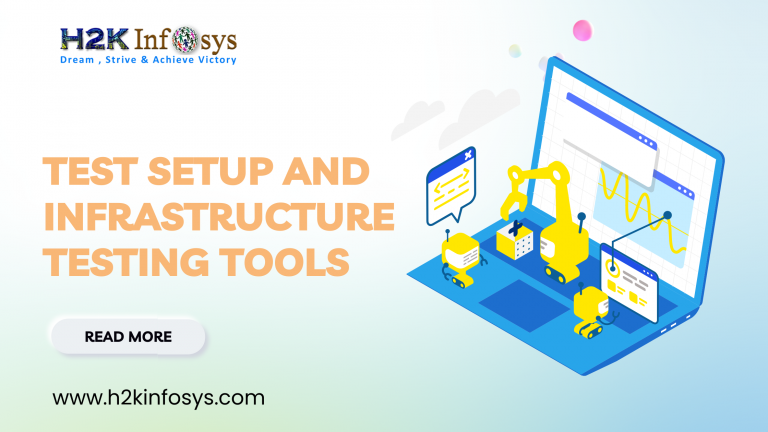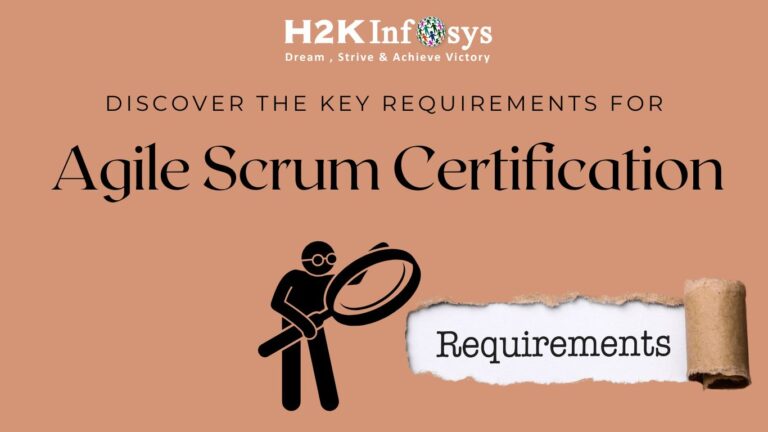Test setup and infrastructure testing tools is rapidly changing segment due to trends in mobile, web, No sql and containers with many new companies emerging.
We can break down the test setup and infrastructure tools into four subcategories
- Test cloud
- Mobile device farm
- Test data management
- Environment management.
Test cloud tests:
Test cloud tools provide a network of virtual machines where the desktop and web testing will occur at a lower cost, saving an organisations money. Containers and AWS cloud providers are lowering the barrier to entry for this market. There are some test cloud tools like
- Sauce Labs- It also provides cross-browser,mobile and manual testing options and also automation to test both web and mobile in parallel. Sauce Labs uses tunnel technology to encrypt traffic between individual tests and its cloud and also offers access to live remote desktop sessions during tests.
Features are:
- It is of lower cost
- It offers open source compatibility
- It includes additional functionality and cross browser testing.
- Tight CI integration.
Why we need this tool?
Sauce Labs offers all as one product with additional enterprise capabilities in an enhanced subscriptions. It is currently only works with open source technologies like selenium, Appium and JS Unit testing. The additional manual testing and cross-browser comparison features it also provides very nice to have.
- HP StormRunner Load- Here SaaS load and performance tool planning, executing and scaling web and web mobile testing. HP StormRunner Load provides anomaly detection and also real-time predictive analytics. It assists the use of real mobile devices in cloud performance testing and also test recordings.
Features are:
- It supports the Agile development processes
- It is highly scalable
- It integrates with other HP testing tools.
Why we need this tool?
HP stormRunner Load is highly scalable solutions for agile cloud testing.
- IBM Smart Business Development and Test Cloud- self service platform designed to simplify the assessment, planning, implementation, designing of development and testing private cloud environments. Here IBM Smart Business Development and Test cloud also provides on demand provisioning for physical and virtualised test resources.
Features
- It offers support for building complex testing environments.
- It delivers automated provisioning and also configuration management
- It integrates with the IBM cloud Burst.
Why we need this toolIBM’s smart business development and test cloud is because it is more focused on creating test environments that it is on creating machines from test.
What is infrastructure testing?
We have one way to automate testing with the loosely called the infrastructure testing. This means a testing code which reads configuration values from the various things in IT environment and also compares them with expected values. There are some examples are like port 80 is responding on my web server etc.
The infrastructure testing can be more bigger than we have time for a single article but we can give the head start. As we begin writing the tests we can start to notice the patterns when we are realising to start that we are writing same kind of code over and over again applied to different infrastructure elements.
Cloud based infrastructure testing:
There is most information and data that are stored on virtual servers that are maintained and managed by cloud computing service providers like AWS. The primary goal will be use cloud services for various application. We can test application’s architecture on the cloud access the performance and scalability of applications by simulating a real application on the cloud.
The process includes:
1. We have to test the application’s load using the various setups.
2. Implementing the regression testing and the application will be impact load testing.
3. Run online browser compatibility testing to see if an application will be compatible with browsers.
4. Testing is installed cloud application on the land.
Questions:
1. What is Test setup infrastructure?
2. What is infrastructure testing?































One Response